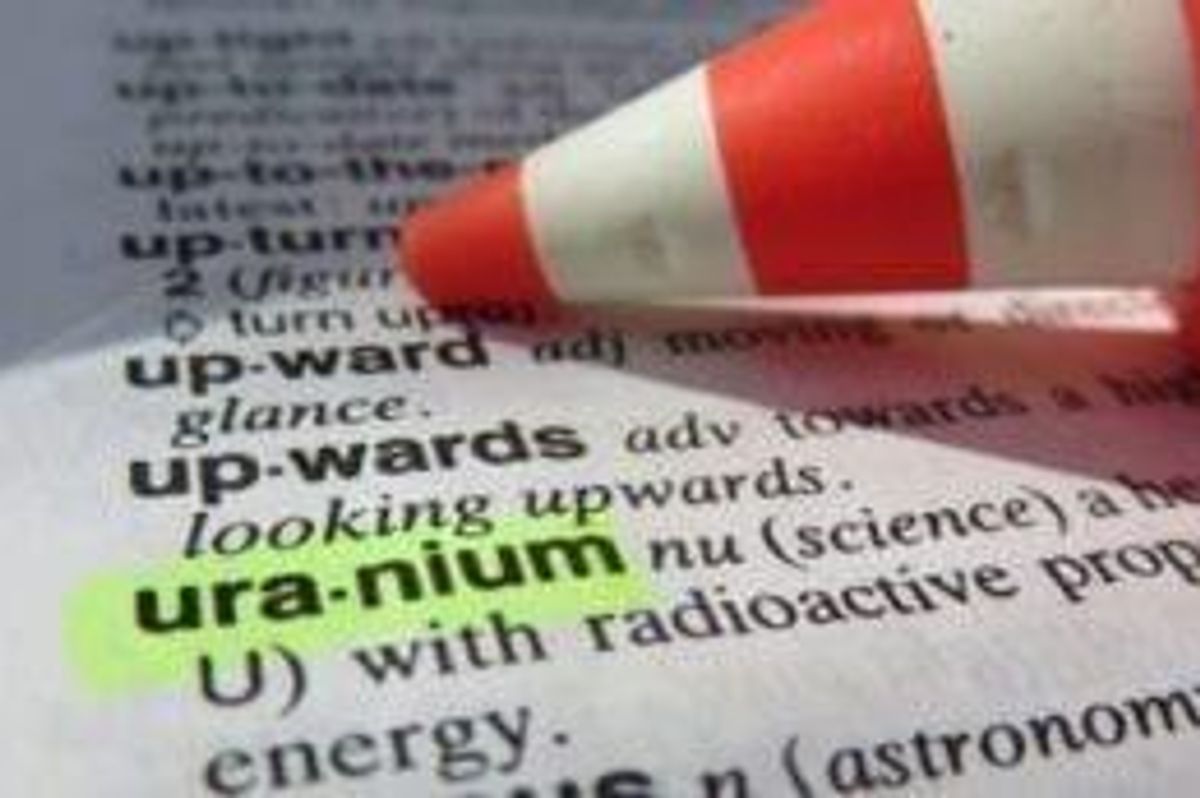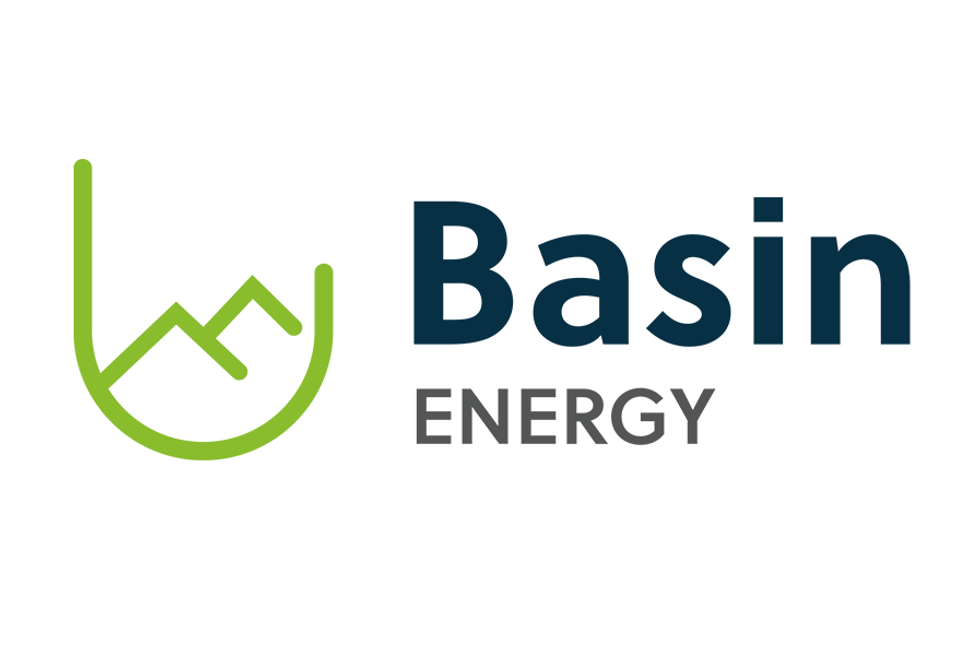
Rob Chang of Cantor Fitzgerald discusses the uranium market and uranium companies and projects he’s excited about.
It’s certainly been an interesting start to the year for the uranium space. 2017 kicked off with Kazakhstan’s January announcement that it will be cutting production by 10 percent, and since then hopes for a price turnaround have been running high.
While in Toronto for the Prospectors & Developers Association of Canada (PDAC) conference, the Investing News Network (INN) had the opportunity to catch up with Rob Chang, managing director, head of Canadian metals and mining research, at Cantor Fitzgerald.
In the interview, Chang discussed how Kazakhstan’s announcement has impacted the uranium price, and shares his thoughts on whether there will indeed be a price recovery in 2017. “I certainly do see a price turnaround,” he said.
Other highlights of the conversation include:
- how Iran’s request to buy 950 tonnes of uranium concentrate from Kazakhstan will help the industry
- how Cameco’s (TSX:CCO,NYSE:CCJ) announcement that it is looking to sell its US mines will impact on the sector
- US President Donald Trump’s impact on the uranium market
- companies with projects that he’s excited about
Below is a transcript of the conversation. It has been edited for clarity and brevity. To listen to the interview, please scroll to the top of this page.
INN: Following the news that Kazakhstan will be cutting its uranium production by 10 percent, the uranium price jumped to over $26 per pound; now it’s roughly $22. Do you see a price turnaround this year?
RC: I certainly do see a price turnaround this year. We actually think the uranium price will probably exit the year in the $30s at some point. The reason why we believe this is because if you look at the global utility contracting scenario, most utilities are effectively synchronized with respect to how their uranium needs are being procured, and many of them have long-term contracts that they set up about a decade ago. Because they have been around for that long, many of those contracts are rolling off either this year, the next year, or the year after that.
So when that is happening, utilities need to go back into the market and procure more uranium. We think there’s going to be a lot of recontracting that needs to happen. When utilities come to the market and go to these suppliers and ask for $35 a pound — which is what the long-term price is indicated around — they’re going to be surprised. Or maybe they won’t be surprised to see that many producers will be unable to do that because they’re not making any money at those prices. I think many of them are actually underwater at that level. They probably need the much higher prices in order to survive.
INN: I read that in February, Iran requested to buy 950 tonnes of uranium concentrate from Kazakhstan to help develop its civil reactor program. If that is approved, how will it help the industry?
RC: It’s always good to have more use of uranium throughout the world … simply because of it being more of a green energy source. So that’s certainly welcome because that’s going to make the world a healthier place, effectively, so I think that’s a positive.
INN: Cameco recently announced it’s looking to sell its US production facilities in Wyoming and Nebraska. Even though they’re in the early stages of looking to sell, how would this impact the industry?
RC: It’s interesting because they’re decent assets, although they have been running for awhile. The question I have is how much more is left in them, and you can generally — usually — find more, but are they as economic as the first bit? That’s unclear. It will be interesting to see who might step up and be interested in buying it. In the current environment, and the current market pricing for the cash situation for these other potential suitors, I’m not really sure who would be willing and/or able to buy these assets. I think it’s interesting that Cameco is looking to sell them, but will they actually be able to get it off? I’m not so sure.
INN: It’s hard not to talk about Donald Trump these days and how he’s impacting the resource sector, so I feel like I should bring him up. In February, he said that uranium is used for “some bad things.” Do you see a Trump presidency negatively impacting the sector?
RC: Not at all. If anything, his presidency is positive relative to the alternative. Like him or not, for a variety of other things, for the nuclear and uranium space he’s actually fantastic, in my opinion. He’s tweeting things like that — which gives us a bit of a boost —but fundamentally speaking he is pro-nuclear from what we have been seeing. He is pro-mining. He’s looking to remove some of the obstacles that were put in place to move mining projects forward. Some of them, of course, are important, but there may have been a little too much red tape for a variety of different organizations. I know the EPA has been getting in the way, so to speak, or taking too much time to do certain things. I think he’s looking to streamline that, as well as several other agencies involved with just permitting and things of that nature. I think he’s going to be very positive for mining in general, and then he’s also made a lot of positive comments towards nuclear power. So I think he’s going to be a net positive for that space.
INN: My last question is, are there any uranium companies that you’re watching closely this year, or that have projects that you’re really excited about?
RC: There are several. Where do we start? Since we were talking in the US, let’s go US. Energy Fuels (TSX:EFR) is one of our favorite names. It’s the best leverage to the uranium price, in our opinion. The reason being is that they have the capability to produce anywhere between 3 to maybe 7 million pounds, depending on what the uranium price is, because they have a lot of assets. Many of them can be turned on within six months to maybe two years of the first decision, which means that if the uranium price jumps they will be able to respond in time to take advantage of the higher uranium price. There are many good projects out there that are fantastic, but will have a longer lead time simply because of permitting issues or what stage they’re at in development. Energy Fuels has many assets on standby that can turn on. So when the prices go up they will be in a good position to capitalize. That’s one of the ones we like.
Ur-Energy (TSX:URE) is another one. They’re based out of Wyoming. They’re the low-cost side of the equation whereby they’re … at the high teens, low 20s in terms of costs. So if there are those of us who believe that uranium prices are going to move up, but aren’t exactly sure on timing, Ur-Energy is a very good fit from that perspective because they will survive best, given that they have the lowest-cost profile available. It’s a solid management team, they know what they’re doing, so Ur-Energy is another one that we also like.
Moving out of the US a little bit, and looking at just out of the explore …. NexGen Energy (TSX:NXE) is always in the news. NexGen recently increased their resource to 300 million pounds. Fantastic size. This is a world-class asset, and even though the market may have been expecting a little bit more, I think it will eventually get to that size anyway, maybe 400, perhaps 500 million pounds. But 300 on its own is fantastic and should not be sneezed at at all. When you look at it, at the end of the day the most important thing for any project is, will it actually end up being a mine? And not only am I certain this will become a mine, this might very well be the best uranium mine out there, and perhaps one of the best mines period across any commodity when you factor in how cheap it’s going to be to produce from it, and the quality and the grades that you’re going to get from this asset. NexGen’s sitting on one of those once-in-a-career type of assets that’s very nice to see. So NexGen’s fantastic from that perspective.
Talking about other ones: Fission Uranium (TSX:FCU) next door is also a high-quality asset, has the potential to be open pitted. If they get all the permits to do that, that’s also a low-cost operator in the making. They have a significant world-class resource as well, and it’s located right beside NexGen. So you can see that if anyone wants to step into the uranium space and be a big player, you buy both of them, you buy one of them, and you now have a large footprint of large-scale production capability right there in one spot, and then you can build everything around it and you have a force that can rival Cameco right off the bat.
Or Cameco will want to get bigger, or expand and cover some of the production that they’re going to lose, because Cigar Lake is expected to wind down by the mid 2020s. So buying Fission, buying a NexGen would make sense because those assets can come online right when Cigar Lake is supposed to finish up. There is a good synergy there if Cameco was to go down that path sometime down in the future.
Looking at another one in the Athabasca Basin is Denison Mines (TSX:DML,NYSEMKT:DNN). It’s on the eastern side of the basin, and that makes a lot of sense. I actually think that Denison Mines is possibly going to be the next acquisition that happens in the uranium space primarily because — going back to my earlier comment of when the uranium price starts to rise, we don’t know how long it’s going to stay high because there’s going to be a lot of contracting that at some point is going to come back down. Will it last one year? Will it last two years? Will it last four or five years? We’re not sure. But projects that need to be built up in order to take advantage of that need to have short timelines to go into production. Denison’s assets on the eastern side of the Basin are surrounded by Cameco’s assets. The road that goes between two of Cameco’s — the mill, and one of Cameco’s mines — drives right past the Wheeler River project that Denison has.
If Cameco is looking to increase production quickly, it would make sense for them to be buying Denison because it’s right there — then they can just pull it out of the ground and throw it into the mill that they don’t need to build, it’s right there on site. They can throw it right into the same infrastructure that Cameco already has. So Denison makes a lot of sense from that perspective.
Don’t forget to follow us @INN_Resource for real-time news updates!
Securities Disclosure: I, Jocelyn Aspa, hold no direct investment interest in any company mentioned in this article.
Editorial Disclosure: The Investing News Network does not guarantee the accuracy or thoroughness of the information reported in contributed article. The opinions expressed in these interviews do not reflect the opinions of the Investing News Network and do not constitute investment advice. All readers are encouraged to perform their own due diligence.
Energy Fuels is a client of the Investing News Network. This article is not paid-for content.





